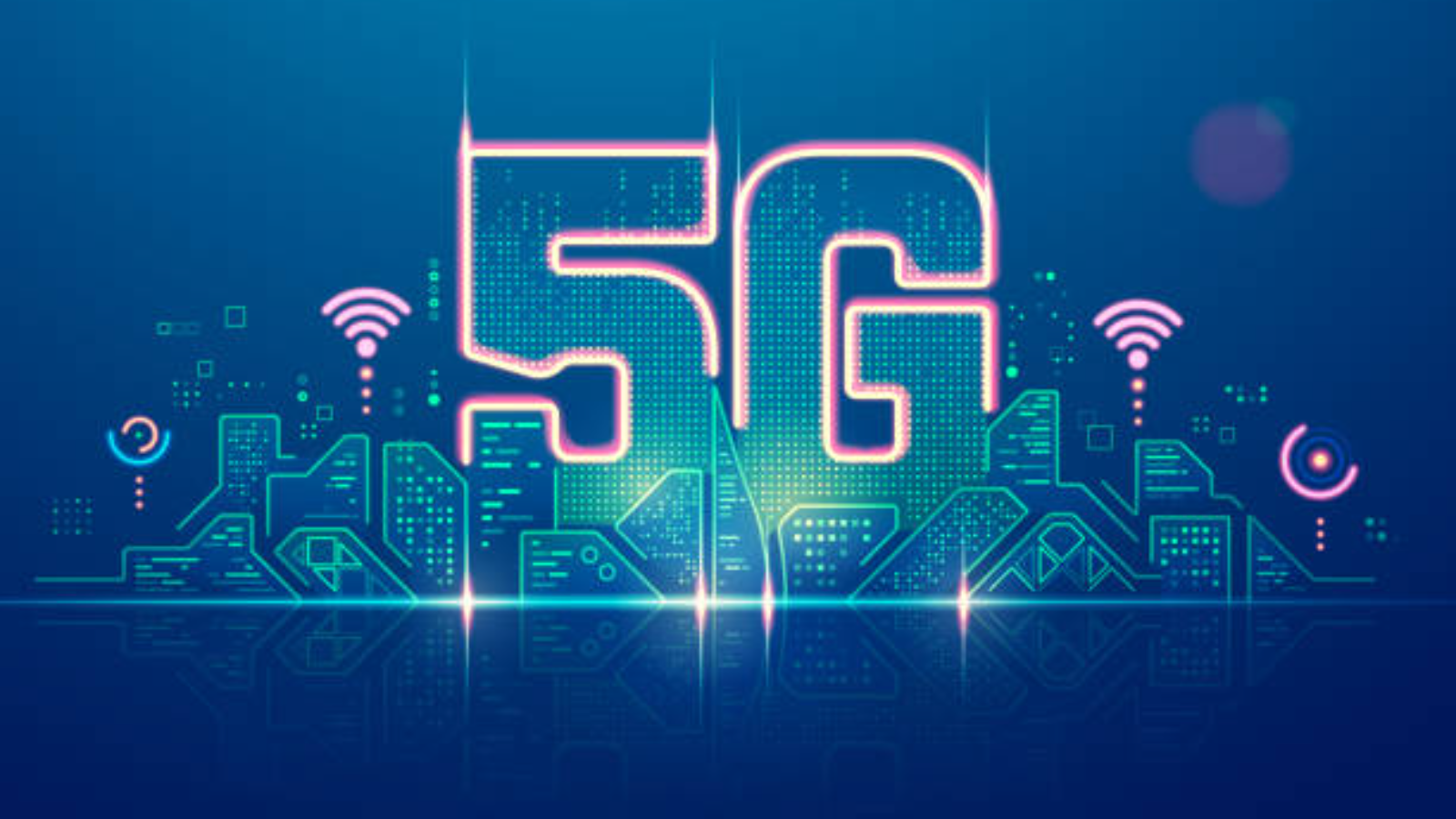In this Article
Introduction
In today’s rapidly advancing world, the term ‘smart city’ is more than just a buzzword; it’s a vision for the future of urban living, promising enhanced efficiency, sustainability, and quality of life. This article delves into the unique features and key criteria that define a smart city, exploring how technologies like AI, IoT, and hyper-connectivity reshape urban landscapes.
By examining new and emerging trends, we’ll uncover the essential components that contribute to a city’s ‘smart’ status and propel it toward a more connected and resilient future. Explore when we call a city a smart city in this exploration.
When Do We Call a City a Smart City?
In today’s world, a “smart city” isn’t just a trend—it’s urban innovation in action. It achieves this status by integrating advanced technologies like adaptive urban planning, hyper-connectivity, inclusive digital services, and personalized public offerings. These upgrades improve city infrastructure, services, and quality of life, making cities more efficient, inclusive, and responsive to residents’ needs. Here’s how these key criteria define a smart city.
1. Adaptive Urban Planning
Adaptive urban planning is a cornerstone of smart cities. This approach involves using dynamic and flexible strategies to accommodate changing needs and conditions.
- Dynamic Zoning: Smart cities employ dynamic zoning laws that can adapt to evolving urban needs. This includes mixed-use developments that can shift between residential, commercial, and industrial uses based on real-time demands.
- Predictive Infrastructure Maintenance: Smart cities use AI to predict maintenance needs for infrastructure like roads, bridges, and utilities. This proactive approach minimizes disruptions and extends the lifespan of city assets.
- Modular Construction: Smart cities adopt modular construction techniques that allow for quick assembly and disassembly of buildings. This flexibility supports rapid urban expansion and redevelopment without significant downtime.
2. Hyper-Connectivity
Hyper-connectivity is a defining feature of smart cities, ensuring that all systems and devices are interconnected for seamless communication and operation.
- 5G Networks: The deployment of 5G networks is essential for supporting the vast array of connected devices in a smart city. This high-speed connectivity enables real-time data transfer and low-latency communication.
- Edge Computing: By processing data closer to the source, edge computing reduces latency and bandwidth usage. This technology is crucial for applications that require immediate responses, such as autonomous vehicles and smart traffic lights.
- Digital Twin Technology: Smart cities utilize digital twin technology to create virtual replicas of physical assets. These digital twins allow for real-time monitoring and simulation, enhancing decision-making and operational efficiency.
3. Inclusive Digital Services
- Universal Internet Access: Smart cities offer affordable, reliable Internet to bridge the digital divide, enabling equal opportunities in education and employment.
- E-Government Services: By offering a wide range of e-government services, smart cities streamline administrative processes and make public services more accessible. This includes online portals for paying bills, applying for permits, and accessing healthcare services.
- Smart Libraries and Learning Hubs: Smart cities invest in digital libraries and learning hubs that provide residents with access to a wealth of information and educational resources. These facilities support lifelong learning and skill development.
4. Personalized Public Services
Personalization in smart cities tailors public services to meet individual resident needs, enhancing efficiency and satisfaction.
- Customized Transportation Options: Smart cities offer personalized transportation options, such as on-demand shuttles and ride-sharing services, that cater to the unique travel patterns of residents. This reduces congestion and improves mobility.
- Health and Wellness Programs: Using data analytics, smart cities design health and wellness programs that address the specific needs of different demographic groups. This includes targeted fitness initiatives, mental health support, and preventive care.
- Community Engagement Platforms: Smart cities create platforms that encourage community engagement and participation. These platforms enable residents to voice opinions, share ideas, and collaborate on local projects, fostering civic pride and belonging.
Conclusion
In summary, a city achieves the status of a “smart city” through adaptive urban planning, hyper-connectivity, inclusive digital services, and personalized public services. These innovative features not only define a smart city but also pave the way for a future where urban living is more efficient, inclusive, and responsive to the needs of its residents. Embracing these advancements ensures cities can meet the challenges and opportunities of an increasingly interconnected world, fostering sustainable growth and community-wide resilience.
How Can We Help?
The AlphaX ecosystem is uniquely positioned to address the challenges faced by cities striving to become smart cities. Our comprehensive solutions encompass adaptive urban planning, hyper-connectivity, and inclusive digital services. By partnering with AlphaX, cities can accelerate their transformation into smart cities, ensuring a brighter future for their residents. For more information, visit AlphaX Contact Us.
References
Related Blog Posts
How Smart Cities Connect: Getting Started with Edge AI and IoT Technology
How to Get Started with Edge AI and IoT Technologies in Smart Cities: Overcoming Integration Challenges In recent years, the concept of smart cities has evolved from a futuristic Read More
5 Step Strategy: Ensuring Security and Privacy in 15-Minute Smart Cities
Introduction Ensuring security and privacy in 15-minute smart cities is a critical challenge as urban areas become increasingly connected through IoT and edge AI technologies. These cities aim to Read More
What is a smart city and the challenge of legacy systems
How to Get Started with Integrating Legacy Systems in Smart Cities Smart cities are transforming urban landscapes by leveraging technology to improve the quality of life for residents. However, Read More




